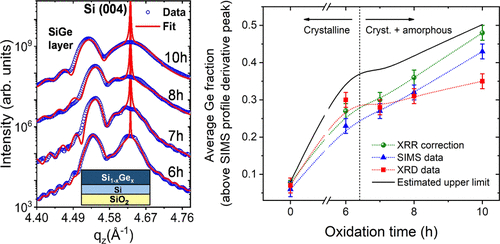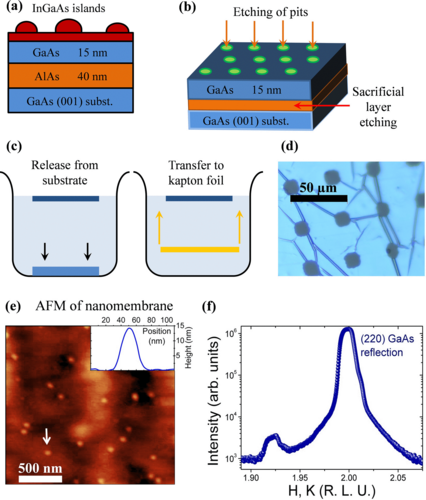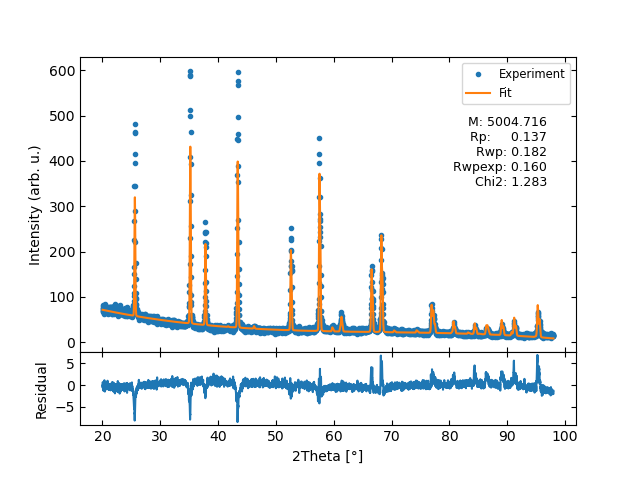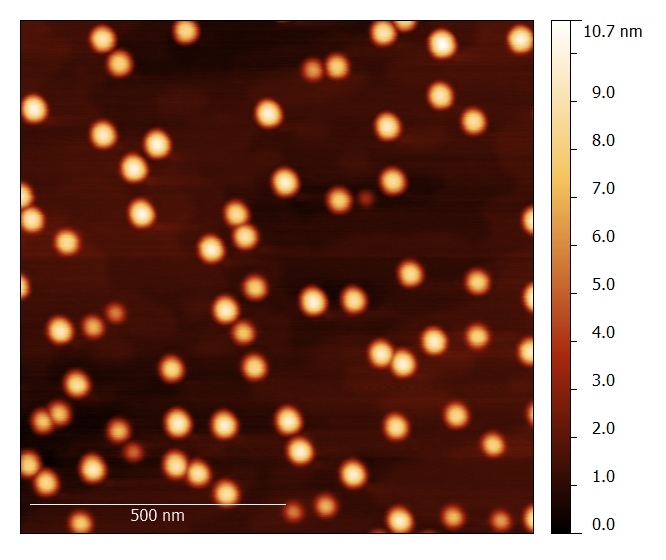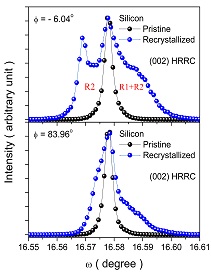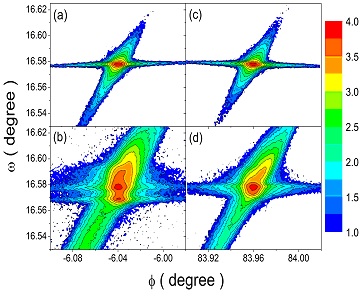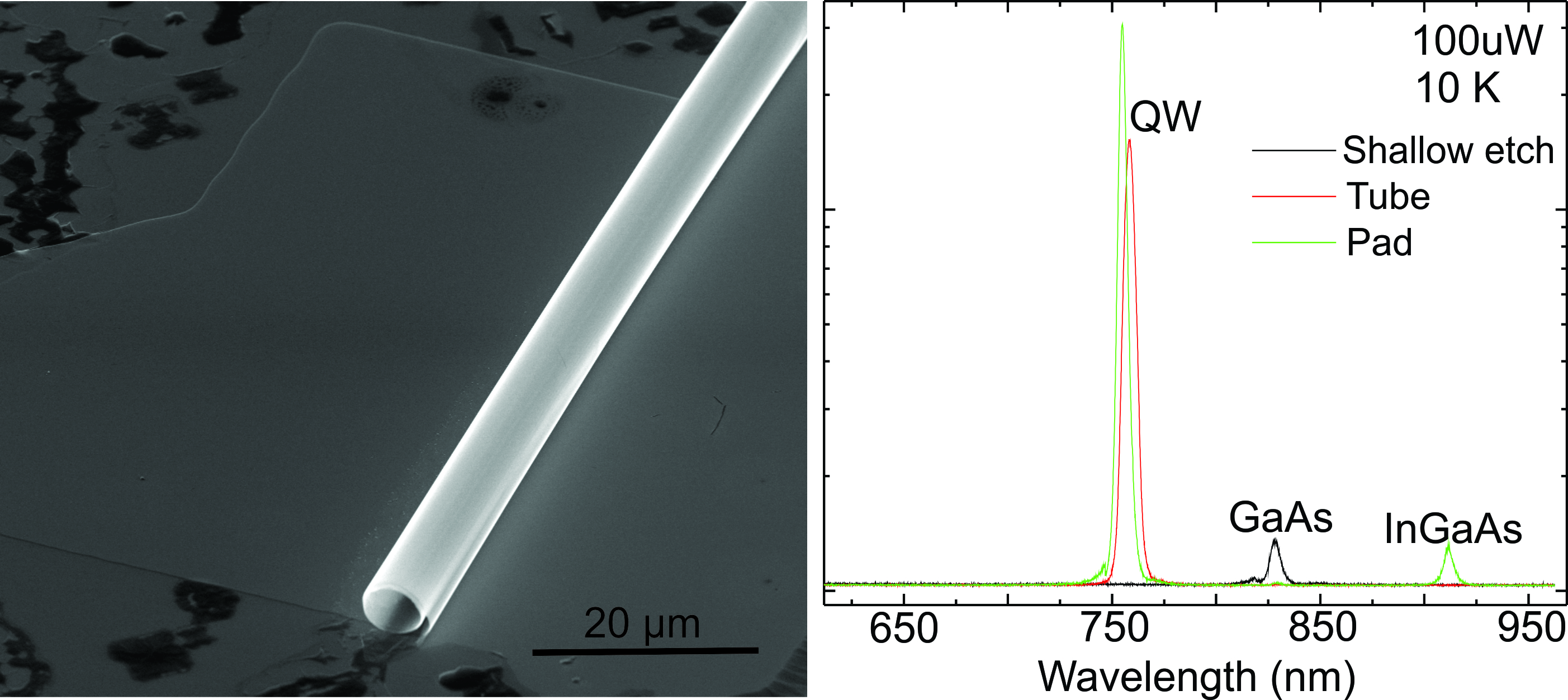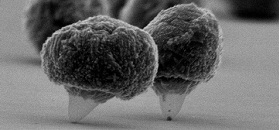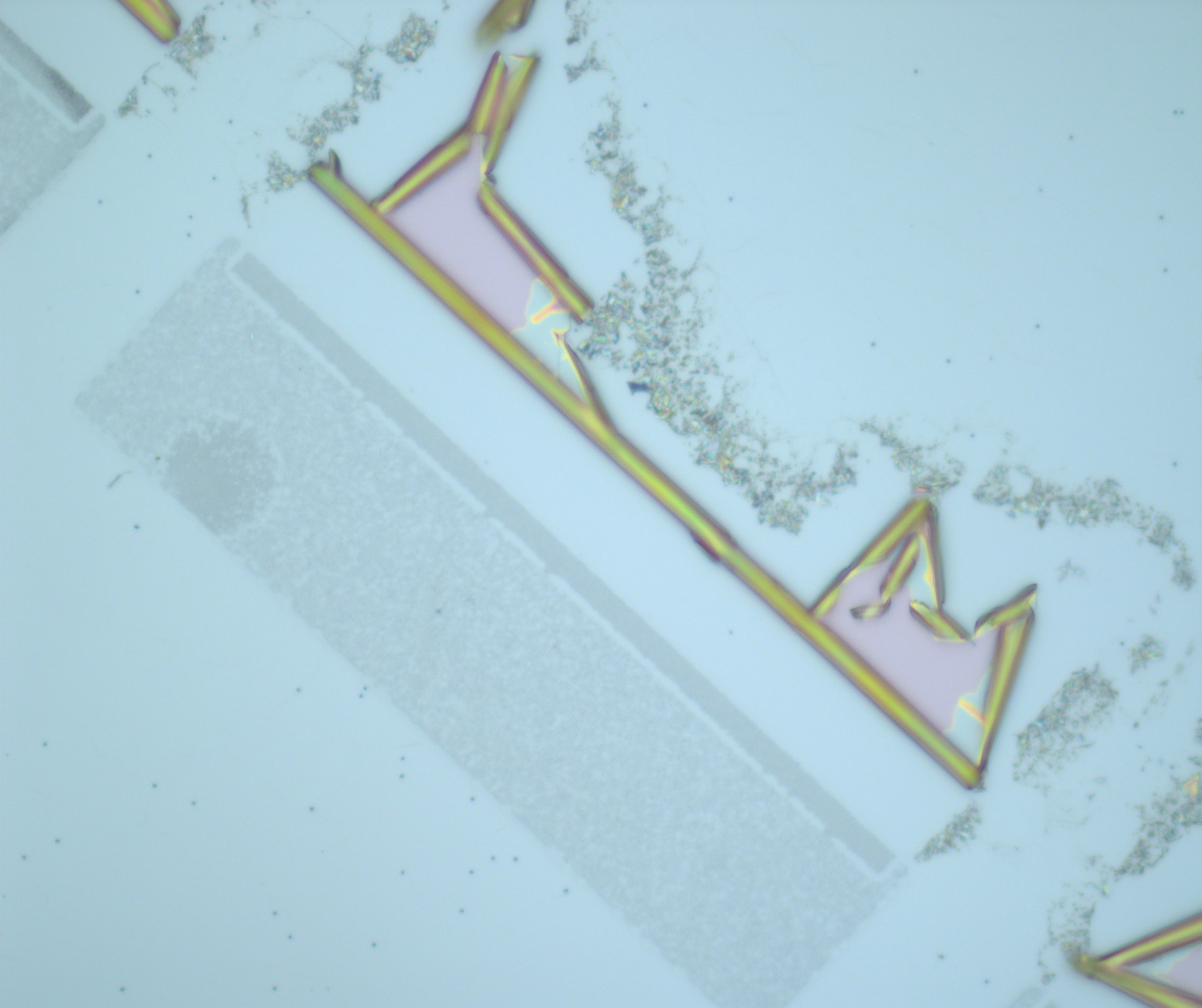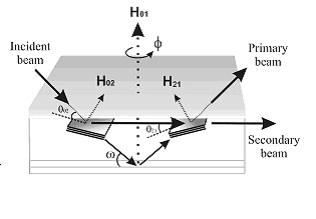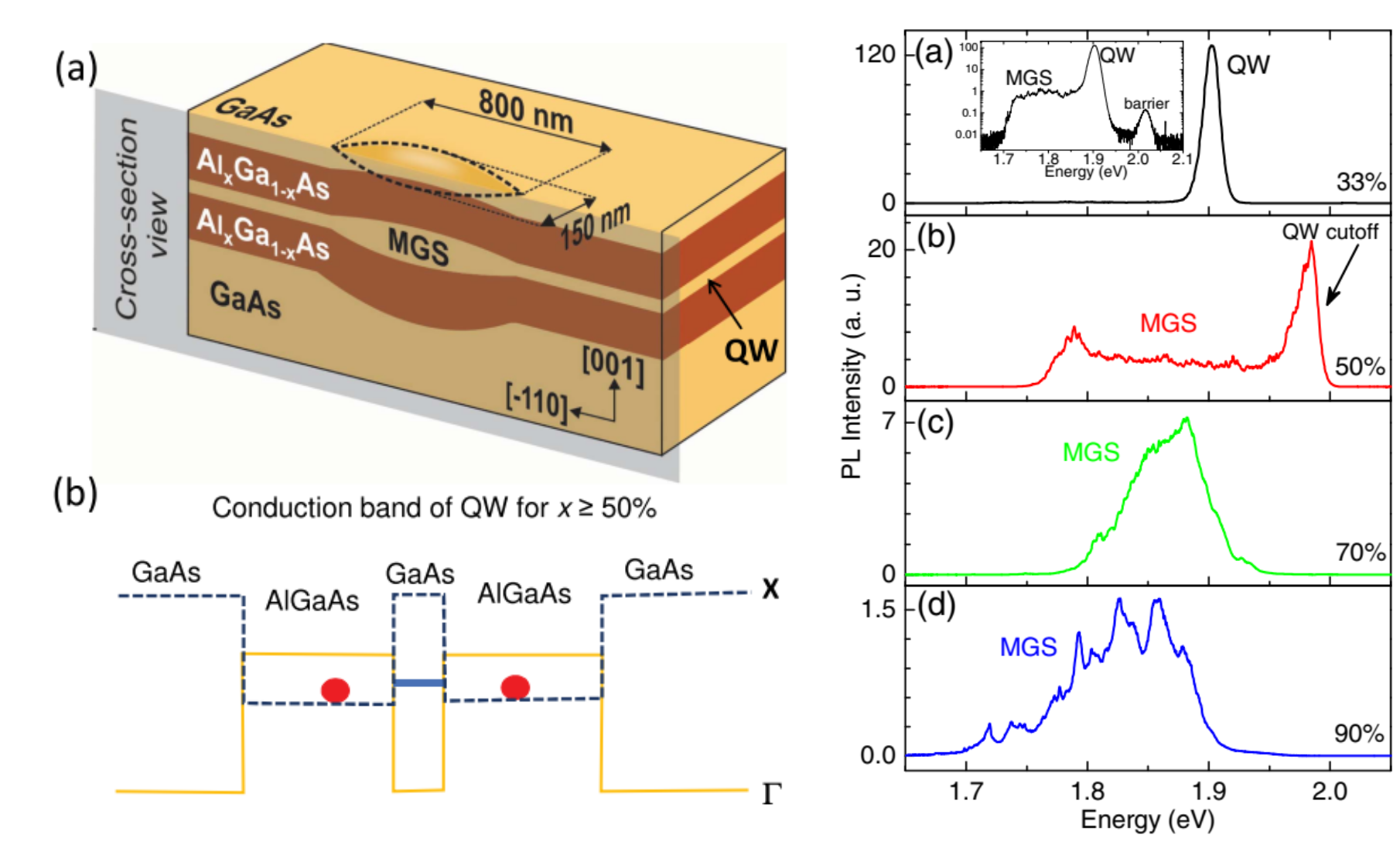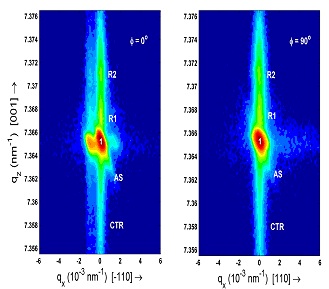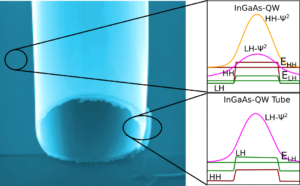 Strain-based band structure engineering is a powerful tool to tune the optical and electronic properties of semiconductor nanostructures. We show that we can tune the band structure of InGaAs semiconductor quantum wells and modify the helicity of the emitted light by integrating them into rolled-up heterostructures and changing their geometrical configuration. Experimental results from photoluminescence and photoluminescence excitation spectroscopy demonstrate a strong energy shift of the valence-band states in comparison to flat structures, as a consequence of an inversion of the heavy-hole with the light-hole states in a rolled-up InGaAs quantum well. The inversion and mixing of the band states lead to a strong change in the optical selection rules for the rolled-up quantum wells, which show vanishing spin polarization in the conduction band even under near-resonant excitation conditions. Band structure calculations are carried out to understand the changes in the electronic transitions and to predict the emission and absorption spectra for a given geometrical configuration. Comparison between experiment and theory shows an excellent agreement. These observed profound changes in the fundamental properties can be applied as a strategic route to develop novel optical devices for quantum information technology.
Strain-based band structure engineering is a powerful tool to tune the optical and electronic properties of semiconductor nanostructures. We show that we can tune the band structure of InGaAs semiconductor quantum wells and modify the helicity of the emitted light by integrating them into rolled-up heterostructures and changing their geometrical configuration. Experimental results from photoluminescence and photoluminescence excitation spectroscopy demonstrate a strong energy shift of the valence-band states in comparison to flat structures, as a consequence of an inversion of the heavy-hole with the light-hole states in a rolled-up InGaAs quantum well. The inversion and mixing of the band states lead to a strong change in the optical selection rules for the rolled-up quantum wells, which show vanishing spin polarization in the conduction band even under near-resonant excitation conditions. Band structure calculations are carried out to understand the changes in the electronic transitions and to predict the emission and absorption spectra for a given geometrical configuration. Comparison between experiment and theory shows an excellent agreement. These observed profound changes in the fundamental properties can be applied as a strategic route to develop novel optical devices for quantum information technology.
Leonarde N. Rodrigues, Diego Scolfaro, Lucas da Conceição, Angelo Malachias, Odilon D. D. Couto, Jr, Fernando Iikawa, and Christoph Deneke
ACS Appl. Nano Mater., online (2021)
DOI: 10.1021/acsanm.1c00354
Research was supported by FAPESP and CNPq.
The article was featured by the SPBMat – here the Portuguese post.






